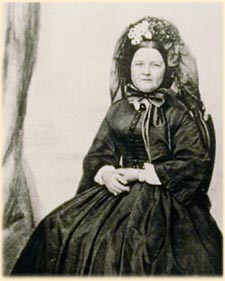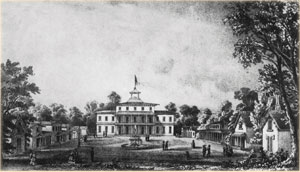
The reporter claimed that it "bears the most palpable marks of the assassination, being completely bespattered with blood, that has dried upon its surface, and which can never be removed." He also noted that Keckly had carefully stowed away Mrs. Lincoln's bonnet and a fragment from the dress she wore to Ford's Theatre and "intends keeping them during her life as mementos of a mournful event." (KECKLEY 265)
Keckly claimed that she published Behind the Scenes to ease Mrs. Lincoln's financial distress after the failure of the New York clothing sale, intending to donate proceeds from the book to Mary's support.
The book included many intimate details of the Lincoln's life at the White House, and caused a permanent rift between the two friends. Mary subsequently referred to Keckly as "the colored historian" and denied having met her. Mary's son Robert Lincoln suppressed publication of the book. (KECKLEY xxiv)

Keckly wrote:
This cloak could not be purchased from me, though many have been the offers for it. I deemed it too sacred to sell, but donate it for the cause of educating the four millions of slaves liberated by our President. (KECKLEY 300)
A 1969 search for the assassination cloak, bonnet, dress fragment, and other Keckly relics at Wilberforce was unsuccessful. (OSTENDORF)



